Curriculum Benchmarks: Writing and the Progymnasmata
Next year (2024-2025) is a new benchmark in our transition to classical Christian education. We will have a complete and cohesive classical Christian curriculum. To help existing and prospective families understand these changes, I’m writing a series of posts called Curriculum Benchmarks. I will highlight significant areas in which we are raising our curriculum standards and academic expectations.
Let’s start at the beginning. My first year as headmaster (2021-2022) we did not make significant curriculum changes. Part of this was to assess our current standing and performance. When we did start making changes, we did so in later grades (7th-12th) rather than earlier ones. This might seem backwards, but backwards is how you should design curriculum. You have to answer “What is the target for which we are aiming?” and then make curriculum decisions that align with that target. We developed a Portrait of the Graduate, and began making changes based on our goals. By way of example, calculus is the major goal in math. If calculus is the goal, what comes before that? Algebra and geometry. What comes before algebra and geometry? Arithmetic. What comes before arithmetic? Counting and number sense.
As we began making these changes, we needed to build a bridge for existing students in those higher grades. They did not receive a classical Christian education in grammar school, so having higher expectations in logic and rhetoric school presents challenges.
A significant area of need is writing. I don’t mean handwriting, we’ve been pretty good at that for decades. I mean composition, writing an essay, research paper, argument, or poem.
The classical tradition offers help in the form of the Progymnasmata. Don’t let that word scare you, you know that “pro” often means “before” and “gym” refers to exercise. The Progymnasmata is the “before exercises,” a series of practices before rhetoric (words fitly spoken).
Starting in fourth grade our students will go through 9 units of the Progymnasmata, mastering skills such as outlining, paraphrasing, and summarizing before moving on to higher-level forms of written composition. Students will learn to create ideas for their own writing, truly mastering the art of composition. These units will go with students all the way through 11th grade.
You can view Memoria’s Classical Composition sequence here. This document also shows how we can stagger the implementation of Classical Composition for students above fourth grade.
This sequence will give students eight solid years of instruction in written composition, culminating in our Senior Thesis class. Our 12th-grade students develop and present a thesis. At many classical Christian schools around the country, these senior theses exceed the requirements of college-level classes. This is yet another way the classical Christian education movement raises the standard of academic expectations and spiritual development among our students.
Walking in wisdom requires delivering a word fitly spoken (Proverbs 15:1). Writing and composition form students’ souls toward Christ by helping them think and speak clearly about the broader world of ideas. We will follow the advice of John Adams and dare to speak, think, read, and write.

